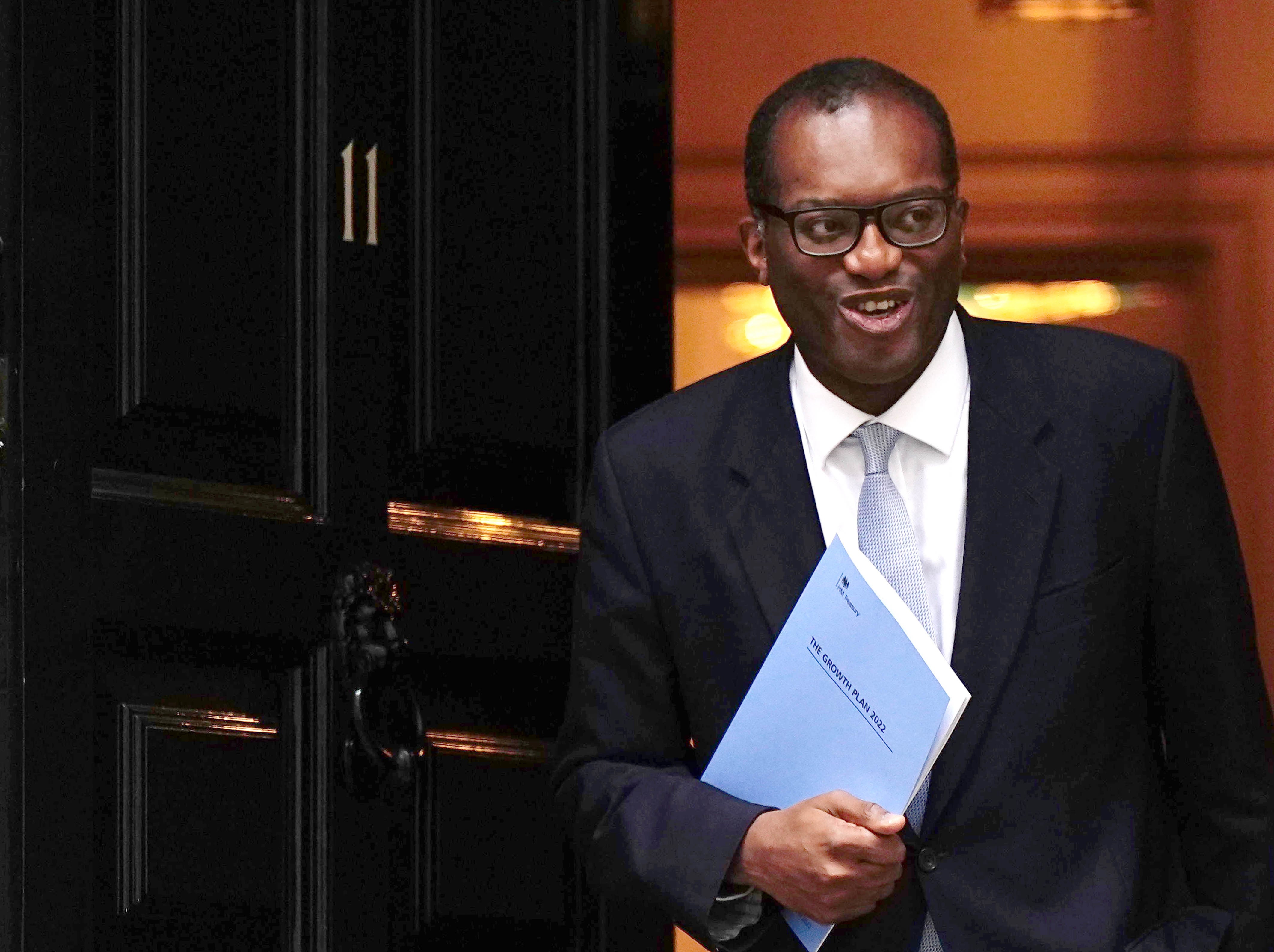The mini-Budget is a constitutional gamble, too
The economic risks of the chancellor’s tax cuts are evident but they also leave the Scottish government with a dilemma, writes Alastair Jamieson


As the dust settles from Kwasi Kwarteng’s explosive “fiscal event”, the wider political implications are starting to become clear.
Large elements of the mini-Budget will not apply in Scotland, particularly in relation to income-tax cuts. While the rest of the UK will see the removal of the additional 45 per cent rate on earnings above £150,000 – bringing the tax payable by those in that bracket into line with the 40 per cent rate applicable to incomes above £50,271 – the top rate in Scotland remains.
This was already divergent, at 46 per cent in Scotland compared with 45 per cent in the rest of the UK, and Scotland already had a lower starter rate of 19 per cent, so the chancellor’s cut does not apply to that bracket, either.
The existing top-rate divergence used to allow Tory ministers to taunt the SNP that Scotland was the most heavily (income) taxed part of the UK. While this is still true, the SNP could previously claim that the lower starting rate meant some Scots paid less. But after the mini-Budget, this is no longer the case. Sean Cockburn, the chair of the Chartered Institute of Taxation (CIOT), said that Scottish ministers “will be unable to say that some Scots face lower tax bills compared to the rest of the UK”.
The divergence is now significant for very high earners. A person earning £200,000 next year in Scotland will pay £6,045.80 more in income tax than someone on the same salary elsewhere in the UK.
Neither are the chancellor’s stamp duty cuts applicable to Scotland, where the SNP has replaced stamp duty with the Land and Buildings Transaction Tax (LBTT). The average house price in Scotland is £182,000, which the CIOT says would attract LBTT of £739. After Mr Kwarteng’s giveaways, a property of the same value in England will be exempt from stamp duty altogether.
Nicola Sturgeon has already called the mini-Budget “reckless”, but her deputy John Swinney has promised to consider the implications in due course. Holyrood can adjust its own tax rates at its next Budget in December. But Westminster’s “fiscal event” leaves the SNP with an unappealing choice: it can take the moral high ground by keeping existing tax rates – leaving voters with higher tax bills – or it can match the cuts and face accusations of hypocrisy.
Thus one of the first actions of the Truss government has been to drive a political wedge between Scotland and Westminster. Fiscal autonomy, and the issue of what the economy of an independent Scotland would look like, go to the heart of the independence debate.
There’s more. Mr Kwarteng also announced the creation of new investment zones – where businesses will benefit from tax cuts, and planning rules will be relaxed to encourage the building of homes – and he told the House of Commons he would work with the Scottish government to deliver similar measures north of the border “if they are willing to do so”.
Mr Swinney has said he will “have a close look” at the zones, but warned that they would “have to be the right fit for Scotland”. Again, he must choose between engaging with the Tory chancellor’s plan in order to secure investment, or being seen to have rejected a growth opportunity on ideological grounds.
If the mini-Budget does, as Mr Kwarteng claims it will, lead to growth and prosperity, then the SNP will have questions to answer about its strategy for independence. But if it leads to inflation, inequality and an overheated economy, as many economists predict, then it may have gifted the party a powerful argument for separation.
Liz Truss’s dash for growth is not just a financial gamble, but a constitutional one.



Join our commenting forum
Join thought-provoking conversations, follow other Independent readers and see their replies
Comments